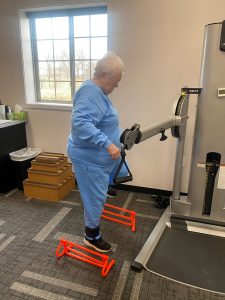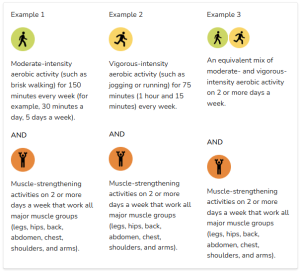How Physical Therapy Can Help You After A Motor Vehicle Accident
February 11, 2025
A motor vehicle accident (MVA) can be a life-altering event, leading to various physical injuries ranging from minor sprains to severe fractures or spinal cord damage. The road to recovery can be long and challenging, but physical therapy (PT) plays a crucial role in helping individuals regain mobility, strength, and function after an accident.
Why Physical Therapy is Essential After an MVA
After a car accident, the body may suffer from multiple musculoskeletal injuries, including whiplash, soft tissue damage, fractures, and joint dislocations. In many cases, pain and stiffness can limit movement, leading to long-term complications if not properly addressed. Physical therapy helps by:
-
Reducing Pain and Inflammation: Through targeted exercises, manual therapy, and modalities like heat, ice, and electrical stimulation, physical therapists can help manage pain and reduce inflammation.
-
Restoring Range of Motion: Injuries often lead to stiffness and reduced flexibility. PT helps restore the normal range of motion, preventing long-term mobility issues.
-
Strengthening Muscles and Joints: Strengthening exercises help rebuild muscles and stabilize joints that may have weakened due to immobility or trauma.
-
Improving Posture and Body Mechanics: Poor posture or compensatory movements after an accident can lead to further injuries. PT educates patients on proper body mechanics and posture to prevent additional strain.
-
Preventing Long-Term Complications: Without proper rehabilitation, injuries from an MVA can lead to chronic pain, reduced function, and even disability. PT plays a vital role in ensuring a full recovery and preventing further issues.
Common Injuries Treated with Physical Therapy
-
Whiplash: A common injury in rear-end collisions, whiplash can cause neck pain, stiffness, headaches, and dizziness. PT focuses on gentle stretches and strengthening exercises to relieve pain and restore function.
-
Back and Spinal Injuries: Herniated discs, muscle strains, and spinal misalignments can lead to chronic pain if untreated. Physical therapy helps in spinal stabilization and pain management.
-
Fractures and Dislocations: Once the initial healing phase is complete, PT assists in regaining strength and mobility in the affected limbs.
-
Soft Tissue Injuries: Sprains, strains, and tears in muscles, ligaments, and tendons require gradual rehabilitation to regain full strength and flexibility.
The Physical Therapy Process
A personalized treatment plan is essential for effective recovery. The process typically includes:
-
Assessment and Diagnosis: The therapist evaluates the patient’s range of motion, strength, pain levels, and functional limitations.
-
Customized Treatment Plan: Based on the assessment, a structured program is designed to target specific areas of concern.
-
Manual Therapy and Modalities: Hands-on techniques like massage and joint mobilization, combined with therapeutic modalities such as ultrasound and electrical stimulation, help in pain relief.
-
Exercise Therapy: A combination of stretching, strengthening, and balance exercises help restore function.
-
Patient Education: Learning proper posture, ergonomics, and self-care techniques is crucial for preventing re-injury.
-
Progress Monitoring: Therapists track improvement and adjust the treatment plan as needed.

Final Thoughts
Recovering from a motor vehicle accident can be a daunting journey, but physical therapy significantly improves the chances of a full recovery. By addressing pain, restoring mobility, and strengthening the body, PT empowers individuals to regain their independence and quality of life. If you’ve been in an accident, seeking physical therapy early can be the key to a faster and more effective recovery.









